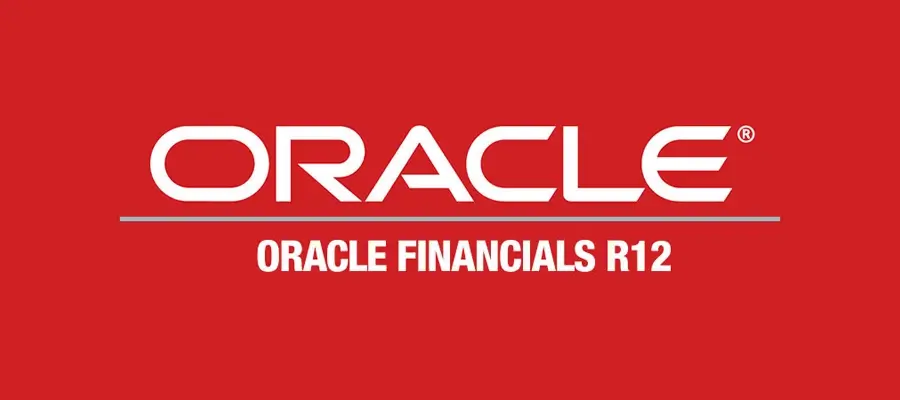The Oracle Apps EBS R12 Financial program is designed to help the participant to understand the Fusion application in a cloud environment and to successfully work in this domain.
What skills will the student gain?
After the completion of this course, the student will be able to:
- Understand the basics of Oracle Apps EBS R12
- Learn about the different modules that need to be configured to get a working Financial application
- Configure and enter transactions in General Ledger
- Configure and enter transactions in Payables
- Configure and enter transactions in Receivables/
Mode of Training
- The classes are delivered during Weekday or Weekend in classroom or online modes.
Locations:
- The training is offered in locations like Chennai, Bangalore, Kolkata, Mumbai and NCR.
Our past students have reviewed us highly and voted us as the best institute for EBS Training in India. So whether it is Finance, SCM, HCM or Technical - our faculty members have received great appreciation from participants. Our faculty members work with top tier IT companies like Cognizant, IBM, Infosys, Mindtree, TCS, Wipro and many others. They are passionate about teaching and sharing their knowledge with others and hence make it a point to ensure participants learn the application in the right way.
| Course Name | Delivery Mode | Fee | Special Offer |
|---|
| Oracle-Apps-EBS-R12-Financial | Zoom live trainer | Please Contact For Details | best offers for 3+ enrollments |
Basic computer knowledge, knowledge of Financial Business Processes are the pre-requisite
Overview of Oracle Applications
Understanding of Accounting concepts
This is a complete hands-on training where the trainer will demonstrate each feature and participants will follow and do the same on the system.
The standard features are available for free. There are some premium services for which charges maybe imposed by service provider.
You can gather your doubts and come by prior appointment to get your doubts cleared.
Our trainer is a Certified person and will provide guidance and tips for clearing the exam. Besides, you will get access to question bank for clearing the exam.
Yes, participants receive a certificate after completing the course provided they have attended 90% of the class.







